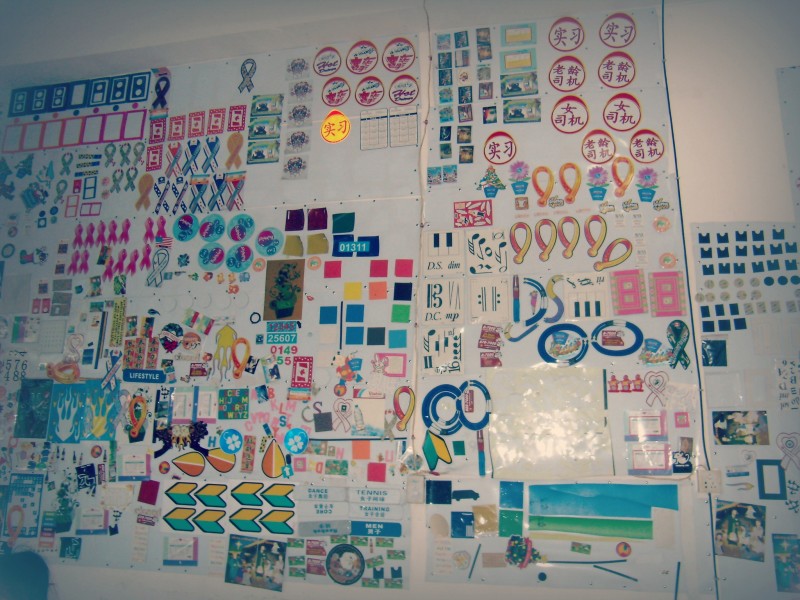Here are 5 things to include in your China sourcing Inquiries. Some buyers send quickie truncated emails via their iPhone. Some buyers send a nice mockup drawing but with little actual written specifications.
Should there be a consistency in your China sourcing inquiries? Or is it no matter how it’s done, as long as it gets done?
My school of thought is that consistency is a must in your China sourcing inquiries. With consistency you are:
I hope I’ve made a case for consistency in your China sourcing inquiries. Here are the 5 things to include in your inquiry..but not limited to.
Price
Is there a budget parameter you can provide? If not, you risk leaving the inquiry more “wide open” and subject to the supplier’s interpretation. You may describe a custom backpack as detailed as possible, but without having an understanding of the target price, the supplier has to do guesswork on the expected quality.
If they quote too high of quality, they will look like a high price supplier.
If the supplier quotes low quality product, it will come back biting your posterior once you quote your buyer and get moving too far along before you realized you are delivering substandard merchandise.
Purpose:
This is what I call “life after manufacturing”. In your China sourcing inquiries, give your supplier some insight on the purpose of the product. Do not assume the factory that makes bags knows all things about the market in your home country that uses the bags.
All this assists a thoughtful supplier in accurate quoting and ultimately accurate mass production.
Timing / Intentions:
If you need the goods in-hand by a certain date, do not tell the factory the in-hand date. Tell the factory WHEN you need the goods to leave the factory.
The logistical timing aspect (ie timing from factory to your destination) is better left to your calculation, not the factory’s.
Also, noticed this category is to express your intentions. Give the factory some glimpse into WHEN the order will take place.
Are you requesting a quotation to add to your quotation scrap book or are you requesting a quotation in order to bring some actual business?
Then let the factory when you expect the actual business. This is what is commonly known as “professionalism”.
Quantity:
If you are not sure your order quantity, I suggestion you request the minimum order quantity and the next 2 scales up. Something reasonable such as, say if the minimum order quantity is 1,500 units of a backpack; then request 1,500 / 3,000 / 5,000.
When it comes to quantity, avoid 2 things:
i. Only requesting the high quantity. If you start out requesting 50,000 backpacks and then you end up ordering 5,000 backpacks, that’s a big downer for the factory, possibly your quality and your credibility.
ii. Asking for this kind of quantity scale: 500 / 1000 / 3000 / 5000 / 7500 / 10000 / 20000 / 30000, etc, etc, … you get my drift. Buyers do this. Factories see it and see that this is not a serious request. I call this drowning your request for quotation.
Especially if you are quoting something customized, this kind of scale request can actually lead to clerical or typo mistakes from the sales person putting the quote together.
Specs & Attachments:
Purposefully give specifications and attachments. Giving specifications should not lead to more confusion.
When you give a spec; define the spec!
“This is the height, this is the length”. In China sourcing, do not worry about being Captain Obvious.
And for your attachments: label them. An image labeled “Color Reference” is better than an image labeled “DSC00569.jpg”…you know the default code.
Ask yourself, “what do I want the supplier to ascertain by opening this jpg?”.
In your China sourcing inquiries, after practice, it doesn’t take long to inquire for prices in a consistent format: you keep the same email template, you fill in the new detail.
Just as we learned from our 2nd grade teacher, to “treat others the way we would want to be treated”, we should also “request prices the way we would want prices to be requested from us”.
Class dismissed 🙂






China Sourcing Basics
Let me share what I've learned about China Sourcing.
Provide your email & receive free ebook: 40 Tips for Emailing China Suppliers.
I'll never spam. I'll share tips on Private Labeling, Sourcing and China Business.
You have Successfully Subscribed!